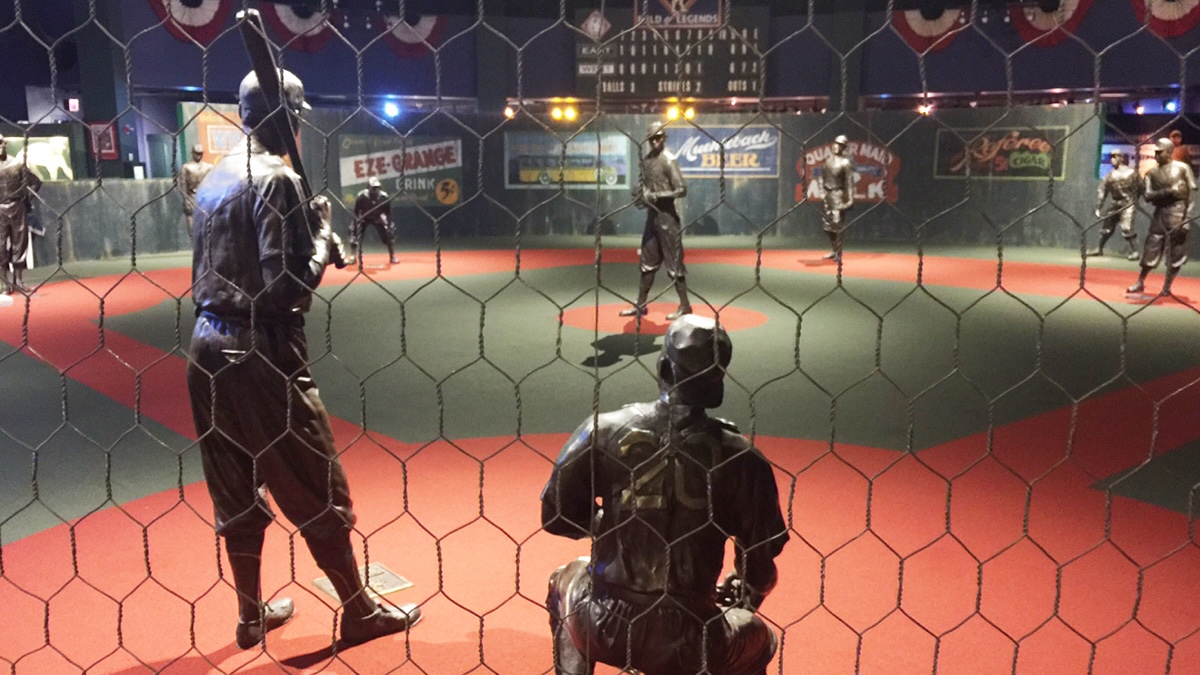
As visitors enter the Negro Leagues Baseball Museum, they peer through a chicken wire backstop at the Field of Legends, which is the centerpiece of the Kansas City-based institution.
The life-size bronze sculptures of some of the best Negro Leagues players of all-time stand at their positions on a baseball field, ready for the next pitch. However, visitors must take a tour before getting to see the diamond up close.
“Throughout the journey at the museum, you can see the field, but we segregate you from the field,” said NLBM President Bob Kendrick. “You, in essence, have to earn the right to take the field and you do so by learning their story. Throughout this journey, you’re just trying to work your way to the field.
Sponsored Content
“And then, at long last, you get that triumphant feeling. I guess you could say much to the extent it was when Jackie Robinson took the field with the Brooklyn Dodgers to break baseball’s color barrier.”
This is an experience thousands of people take part in each year when visiting the museum. This month, the NLBM has partnered with the Kansas City Royals for a “Free February” promotion, which allows every visitor during Black History Month to enter the museum at no cost.
Last year, 16,227 visitors passed through the doors of the NLBM in February, with the Royals presenting the museum with a check for $135,225 to cover all admissions.
“This is our fourth consecutive year with our friends over at the Kansas City Royals and Royals Foundation and what a tremendous outreach it has been,” Kendrick said. “It has opened the doors of the museum to a lot of school-aged kids who perhaps would not have been able to afford it, particularly in the urban core.”
Before the Free February promotion, the NLBM would see up to 3,000 visitors in a typical February. Now, that number has jumped by 800 percent as February rivals the busiest months of the year for the museum from June through August.
“Even though our admission fee is relatively inexpensive — $10 for adults, $8 for kids — it speaks to some of the challenges that we see in our urban communities where that’s the difference between a meal or something else that’s needed,” Kendrick said. “So the Royals have taken that weight off of those who might not have an opportunity to come. And the check they provide us is a tremendous boost to allow us to continue to do the kind of program offerings that we make available throughout the year.”
Bringing History to Life
The museum is 10,000 square feet packed with artifacts, stories and history of some of the best baseball players to don a uniform. Not just Robinson; Henry Aaron, Willie Mays, Ernie Banks and many more began their careers in the Negro Leagues, then went on to become some of the biggest icons in Major League Baseball history.
Kendrick, a Georgia native, grew up idolizing Aaron. But it wasn’t until his time at the museum that Kendrick realized his hero played in the Negro Leagues.
“So think about how many other people probably don’t know that,” Kendrick said. “Most of my guests have no idea that Henry Aaron had played in the Negro Leagues.”
Picking a favorite piece of history in the museum is difficult for Kendrick, who started as a volunteer at the NLBM in 1993 and has been president of the organization since 2011. He says his favorite photograph is of an 18-year-old Aaron standing at the train station in Mobile, Alabama, about to go join the Indianapolis Clowns of the Negro Leagues.
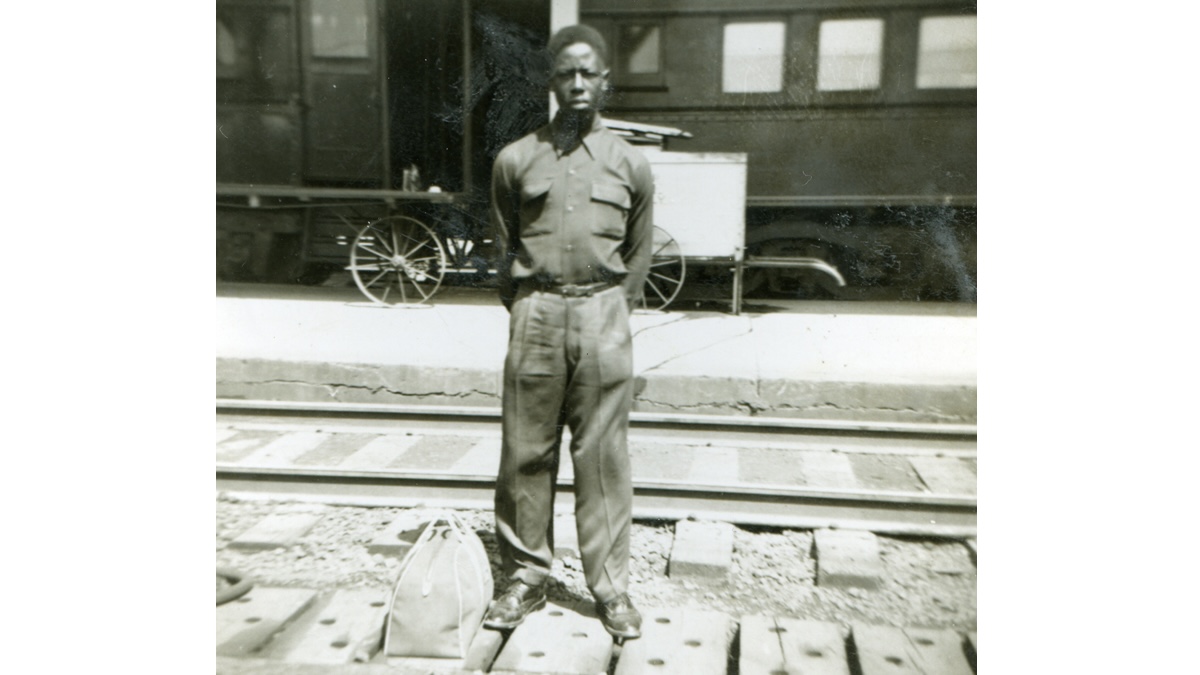
“He couldn’t have weighed more than 150, 160 pounds soaking wet,” Kendrick said of Aaron. “He’s frail, he looks relatively afraid, probably leaving home for the first time to go chase that dream.
“When I had the opportunity to take (Aaron) on a tour of the museum, we stopped at that photograph. And he looks at me and says, ‘Bob, I may have had two changes of clothes in that bag, $1.50 in my pocket and a ham sandwich that my mama had made me.’”
There are plenty of stories told at the NLBM — with words, but also symbolism. Kendrick points out the chicken wire backstop is symbolic of American segregation. During that era, black fans would sit either down the left or right field lines and be separated by a chicken wire barrier from white fans who sat in the rest of the ballpark.
But Kendrick also makes sure to clarify that the museum is a celebration of baseball, while also being a historical landmark.
“I think ‘celebration’ surprises people because most of my guests come in believing that this is going to be somewhat sad and somber because we know that it is anchored against the backdrop of American segregation,” he said. “Which certainly was a horrible chapter in this country’s history. But the way we treat the story is what emerged out of segregation. This wonderful story of triumph and conquest.”
Creating an Impact
The museum’s main goal is to educate generations of fans, but a side effect is the economic boost it creates for the city. Come summertime, guests are staying in hotels, eating in the restaurants and shopping around Kansas City. Some tourists come specifically to see the museum and others make it an expanded baseball trip.
“They go see the Royals, or see their team play the Royals and it’s all kind of built into this scenario,” Kendrick said. “And so it does have tremendous economic impact, which is why I think you see us touted by both Visit KC as well as Visit Missouri — because we are one of the city’s and state’s featured attractions and perhaps one of their most unique attractions.”
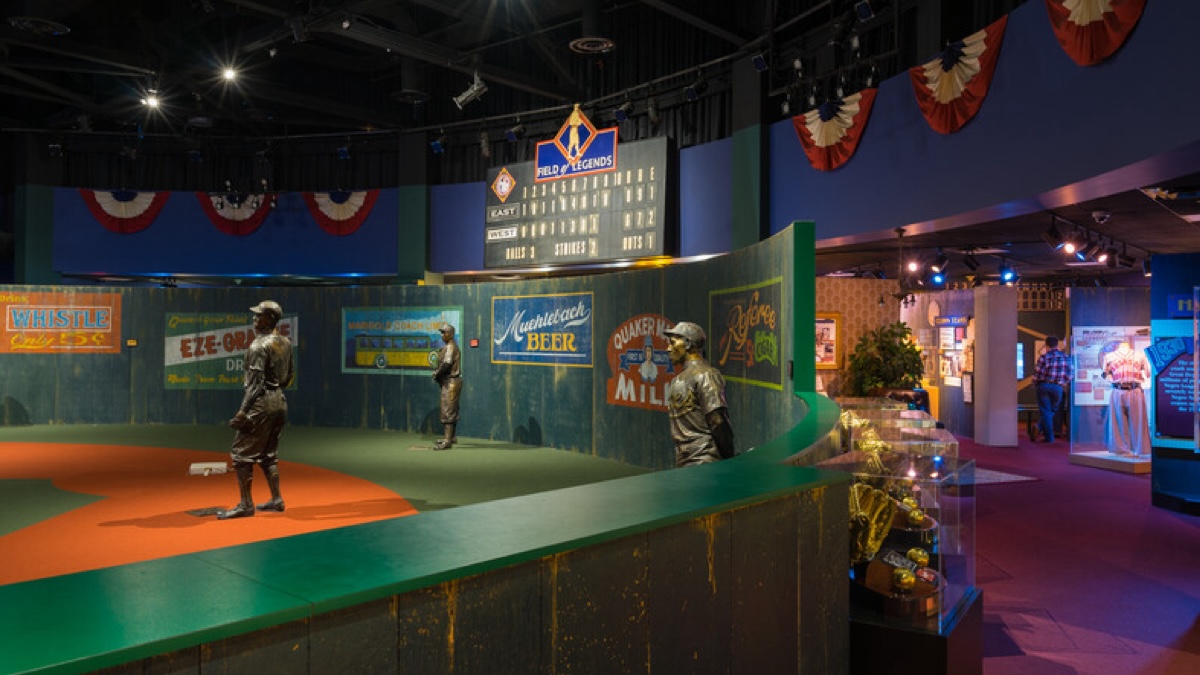
Kendrick adds as cultural tourism is on the rise, the NLBM checks a lot of boxes people are looking for in a museum and Free February gives a boost to start the year.
“You don’t have to be a baseball fan to love the museum,” he said. “If you are a fan of American history, you’re going to love this museum. If you are a fan of the underdog overcoming adversity to go onto greatness, you’re going to love this museum. If you are a baseball fan, you’re going to be in hog heaven because it combines the best of all those worlds.”
Now that the statistics of the Negro Leagues are included in the record books of Major League Baseball, more fans are becoming aware of how great some of the lesser-known players of that era truly were.
“I’m biased, but I think our museum is one of the nation’s preeminent civil rights and social justice institutions — it’s just seen through the lens of baseball,” Kendrick said. “It’s a piece of baseball and American history that had escaped the pages of American history books and we bring the story to life.”





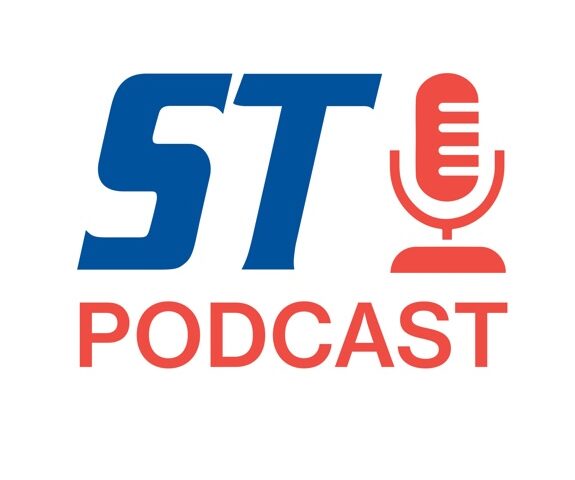
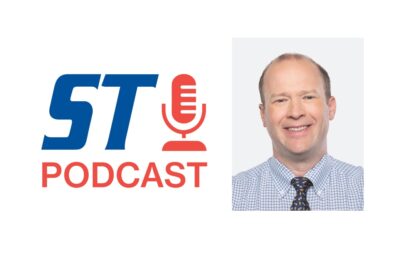
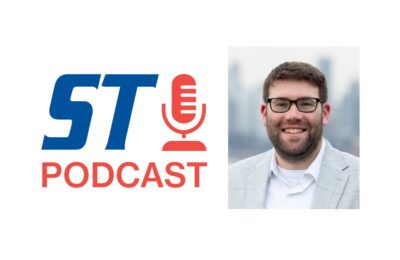
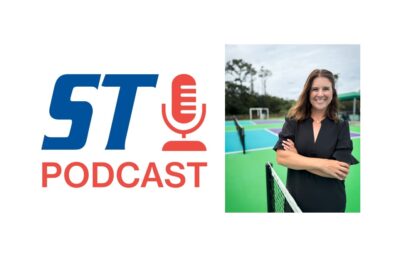



 Copyright © 2025 by Northstar Travel Media LLC. All Rights Reserved. 301 Route 17 N, Suite 1150, Rutherford, NJ 07070 USA | Telephone: (201) 902-2000
Copyright © 2025 by Northstar Travel Media LLC. All Rights Reserved. 301 Route 17 N, Suite 1150, Rutherford, NJ 07070 USA | Telephone: (201) 902-2000